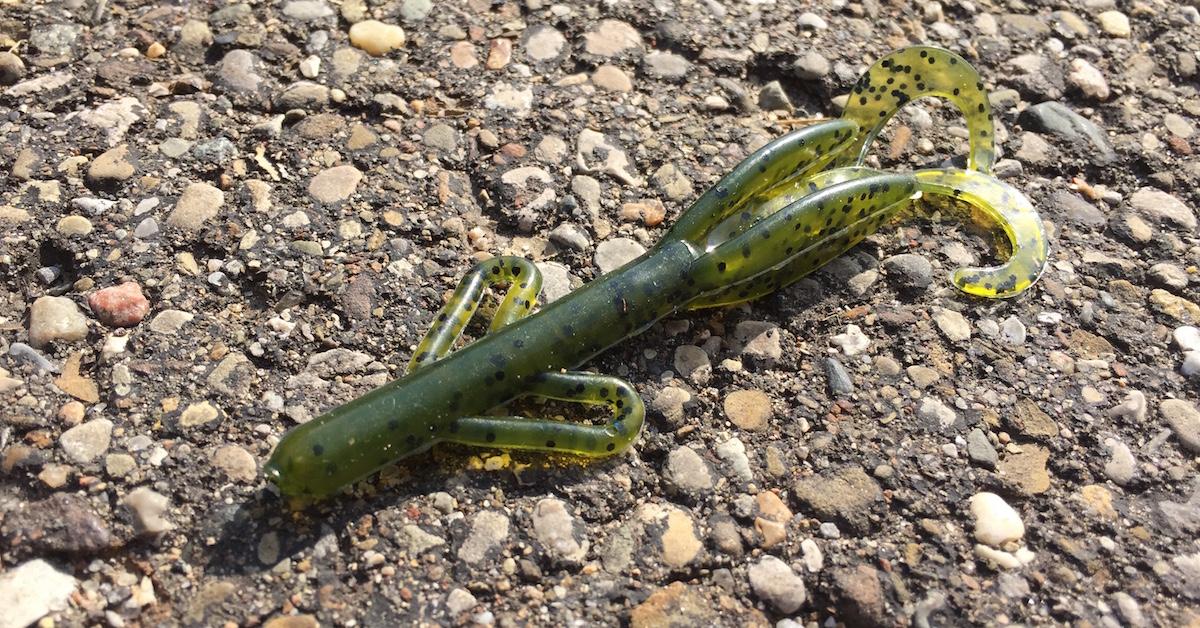How It’s Made: Soft Plastics
Soft plastics are a bass fishing standby. Not only do they catch a heck of a lot of bass, but they excel at imitating the color, shape, texture, and behavior of all natural prey species.Take a walk through any major tackle shop and you’ll find aisle after aisle dedicated to soft plastics in hundreds of styles and more colors than you can imagine. All that plastic is clearly big business, but despite their use by almost all bass fishermen, there is precious little known about how plastics are made.By in large, there are two processes by which soft plastics are created, by injection, and hand pouring. Here’s some more about how it goes down.
Injection
Injection is the process by which the vast majority of mass produced plastics are produced. Essentially, the bait design gets turned into a large, multi-chambered, 3-D aluminum mold, and then a machine injects the molten plastic into the mold. Once cooled, the mold is opened up and the baits are trimmed, sorted, and packaged. Injection allows plastics manufacturers to use any three dimensional form they can come up with, creates consistent product quality, and allows for maximum volume.
Hand Pouring
Hand pouring is the original garage art. Instead of a machine, hand-poured plastics are made by someone pouring the molten plastic into a mold similar to an ice tray. The plastic settles, cools, and then is popped out of the mold, trimmed, and packaged. Unlike injected plastics, hand poured plastics by necessity must have one flat side (where the molten plastic levels on the top of the mold), so it translates really well to worms and other finesse baits. The benefits of hand pouring are that it allows for extreme variability with colors through layering and generally produces a much softer, more delicate product, which has a lot of action in the water.
Updated November 4th, 2015 at 10:16 AM CT


